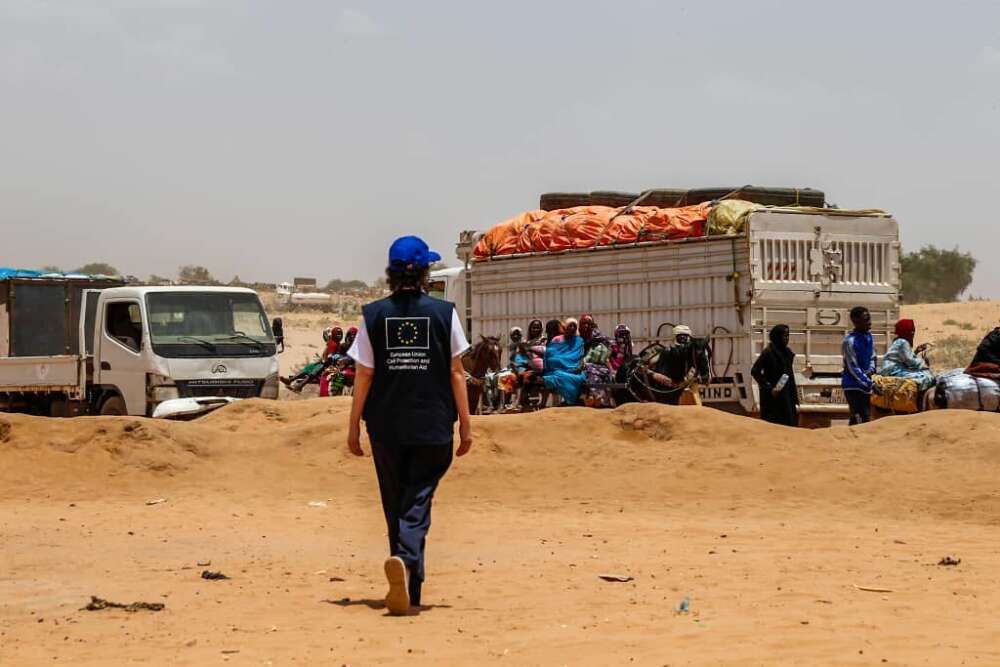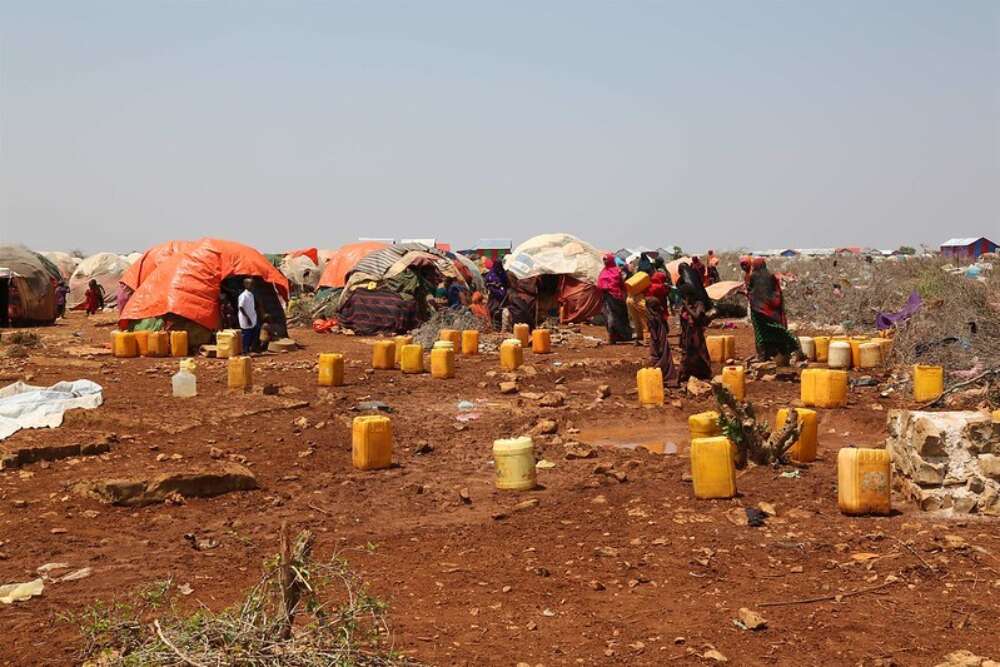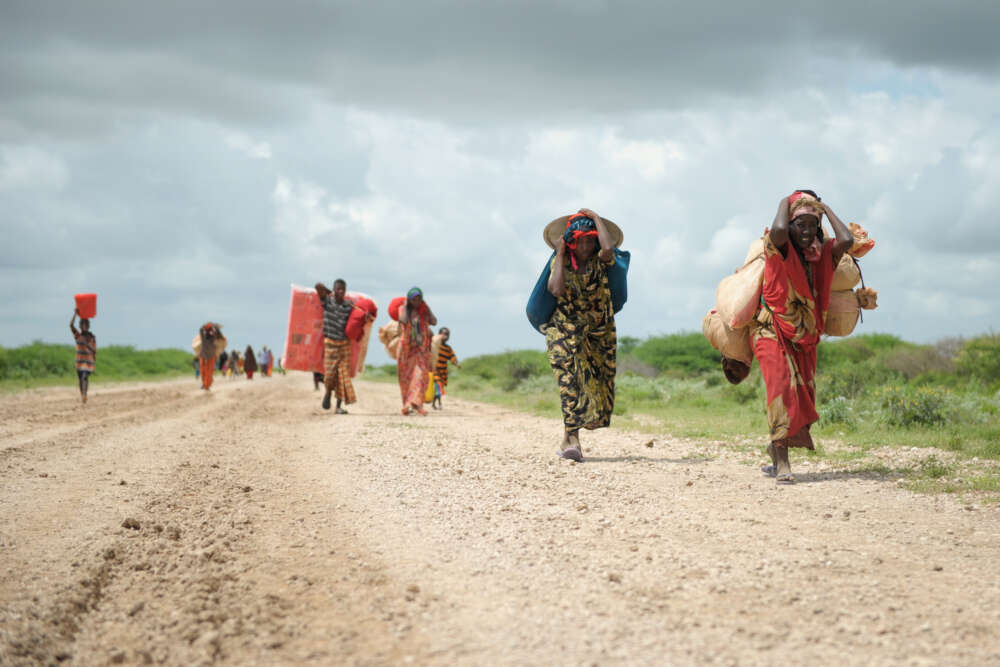An Agenda for Expanding Forecast-Based Action to Situations of Conflict

Forecast-based humanitarian action is increasingly important: based on timely warnings concerning hydro-meteorological hazards such as floods and storms, a growing number of humanitarian actors are able to start their work before the predicted disaster hits. This can prevent the loss of many more lives and livelihoods than purely reactive humanitarian action ever could. There also is growing interest among donors to fund such actions based on scientific forecasts of hydro-meteorological hazards – but these are not the only type of humanitarian crisis. This paper argues that Forecast-based Action (FbA) could be expanded to situations of conflict and outlines practical considerations for how to approach this complex endeavor.
The paper first provides an overview of the basis of FbA, how and in what situations it is currently used, and which different actors are actively involved. We then describe a framework of key building blocks that have allowed for FbA to be applied to hydro-meteorological hazards and examine how these building blocks could be used to expand the approach to other types of crises. They include: 1) data/forecasts and decision-making processes; 2) pre-agreed actions; 3) funding mechanisms; 4) champions; and 5) delivery channels.
To facilitate the move toward linking FbA to situations of conflict, actors should break down the individual elements that make up this complex issue. Applying the framework of key building blocks can help to engage different champions of FbA in areas where they can add the most value. However, in doing so actors should distinguish between two basic types: 1) FbA based on forecasts of hydro-meteorological hazards in conflict situations (i.e., to act early in anticipation of climate-related hazards in situations of ongoing conflict); and 2) FbA based on forecasts of conflict (i.e., to act early in anticipation of humanitarian impacts of violent conflict).
For both types, actors can build on the knowledge, practices and lessons learned from existing experiences with Forecast-based Action and related fields, including development and peace and conflict studies, which we map out in this paper. We also identify concrete knowledge gaps in the understanding of FbA that need to be filled by further research. To do so, we propose a set of research questions for each of the building blocks and concrete next steps for different actors.
The move to expand FbA to situations of conflicts should involve cooperation and knowledge-sharing among sectors that often work separately, including the humanitarian, development, peacebuilding and related spheres, as well as the forecasting community and relevant research institutions. This collaboration should happen at the practitioner level as well as at the coordinating level; for example, donors should explore opportunities to jointly fund different champions of FbA, while implementing actors and coordinating bodies should share existing methods, approaches and lessons learned from their FbA experiences. Researchers and forecasters should develop multi-disciplinary and mixed-methods research approaches to benefit from all actors’ comparative advantages and to ultimately reduce suffering and save lives and livelihoods. As with any kind of FbA, anticipatory actions in situations of conflict cannot be a standalone solution but must be integrated in the overall disaster risk management continuum.
The full working paper is available for download.







